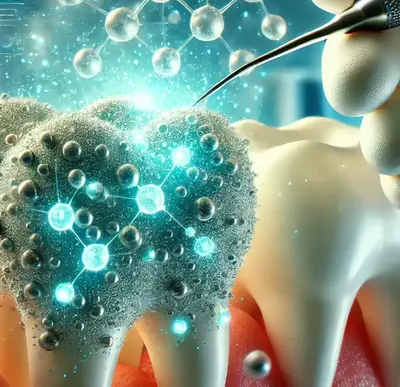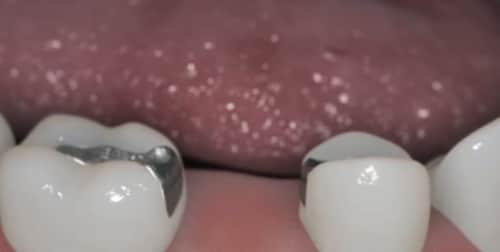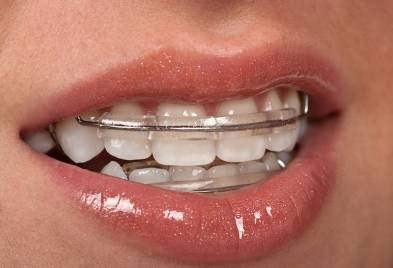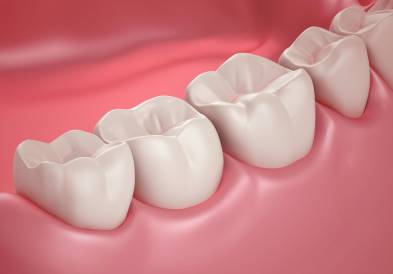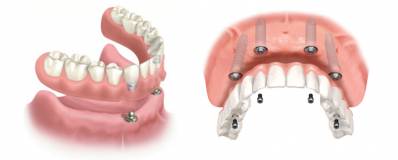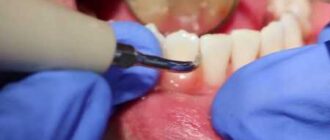Imagine Sarah visits her dentist, worried about a developing cavity. But instead of the usual drill and fill, her dentist uses a nanomaterial-based paste that not only repairs the enamel but also strengthens the tooth. Across town, Ahmed, who suffers from gum disease, undergoes a painless treatment using nanoparticles that eliminate harmful bacteria without antibiotics. These cases highlight how nanotechnology in dentistry is revolutionizing patient care.
Symptom Breakdown: Why Nanotechnology?
In recent years, nanotechnology in dental care has brought about innovations that address common issues like tooth decay, gum disease, and even teeth whitening. This technology leverages nanoparticles, which are tiny, often microscopic, particles that can be manipulated to perform highly specific tasks in dental treatments.
- Precision Treatment: Nanotechnology allows for treatments that target only the affected areas, minimizing damage to healthy tissue.
- Stronger Restorations: Nanomaterials can strengthen dental restorations, making fillings, crowns, and implants more durable.
- Antimicrobial Properties: Many nanomaterials have antibacterial properties, reducing the risk of infections and promoting oral health.
Diagnostic Path: How Nanotechnology is Used in Dentistry
Nanotechnology is being integrated into various areas of dental care. Here are some of the most significant applications:
- Dental Fillings and Restorations
Traditional materials like amalgam or composite fillings are being replaced by nanocomposites. These materials are more durable and offer better aesthetics, blending seamlessly with natural teeth. - Teeth Whitening
Nanoparticles, like nano-hydroxyapatite, are used in some whitening treatments to safely remove stains while rebuilding enamel at a microscopic level. - Dental Implants
Using nano-coatings on dental implants enhances osseointegration (the bonding process between bone and the implant), reducing healing times and improving implant longevity. - Antimicrobial Agents
Silver nanoparticles and other nanomaterials are being used in mouthwashes and coatings for dental instruments to fight bacteria, potentially replacing the need for antibiotics in some dental treatments. - Orthodontics
Nanotechnology is also making its way into orthodontics, where nano-coated wires are used to reduce friction and discomfort for patients undergoing teeth straightening procedures.
Deep Dive: Key Innovations in Nanotechnology for Dentistry
Nanotechnology in dentistry has grown exponentially, leading to groundbreaking innovations that improve patient outcomes. Let’s explore these in more detail.
| Application | Nanomaterial | Benefit |
|---|---|---|
| Dental Fillings | Nanocomposites | Enhanced durability and aesthetics |
| Teeth Whitening | Nano-hydroxyapatite | Gentle enamel restoration |
| Antibacterial Treatment | Silver nanoparticles | Reduces bacterial infections |
| Dental Implants | Nanocoatings | Improves osseointegration |
| Toothpaste | Nano-silica | Improves plaque removal and polishing |
These applications highlight how nanotechnology is transforming dental treatments, offering both practical and cosmetic benefits.
Treatment Comparison: Traditional vs. Nanotechnology-Based Dentistry
When comparing traditional methods of dental care to those involving nanotechnology, the advantages are clear.
| Aspect | Traditional Dentistry | Nanotechnology-Based Dentistry |
|---|---|---|
| Material Durability | Prone to wear over time | Nanomaterials are more resistant to wear |
| Healing Time | Longer recovery, especially after implants | Faster healing due to enhanced osseointegration |
| Aesthetic Results | Composite materials can sometimes look unnatural | Nanocomposites blend seamlessly with natural teeth |
| Antimicrobial Approach | Relies on antibiotics or chemical mouthwashes | Nanoparticles directly target harmful bacteria |
For example, Maria, a 45-year-old professional, underwent a nanotechnology-based dental implant procedure and experienced a faster recovery with fewer complications compared to her earlier experience with traditional implants.
Outcome Story: Real Patient Successes
Consider the case of Tim, a 37-year-old athlete who constantly struggled with gum infections due to his active lifestyle. After his dentist introduced silver nanoparticle-based treatments, Tim noticed a drastic reduction in infections and overall gum health improvement.
On the other hand, Isabella, a frequent coffee drinker, opted for nano-hydroxyapatite-based whitening treatments. Not only did her teeth become visibly whiter, but the treatment also repaired some enamel damage, preventing future issues.
Conclusion: The Future of Nanotechnology in Dentistry
Nanotechnology in dental treatments is no longer a futuristic concept—it’s happening right now, with real results. From enhanced fillings and implants to innovative antibacterial solutions, these tiny innovations are having a big impact. Whether it’s reducing healing times, improving the strength of dental work, or offering more aesthetically pleasing outcomes, nanotechnology is reshaping dentistry for the better.
If you’re curious about how nanotechnology can benefit your dental health, talk to your dentist. You might be surprised to find out how these small advancements can make a big difference in your smile.
